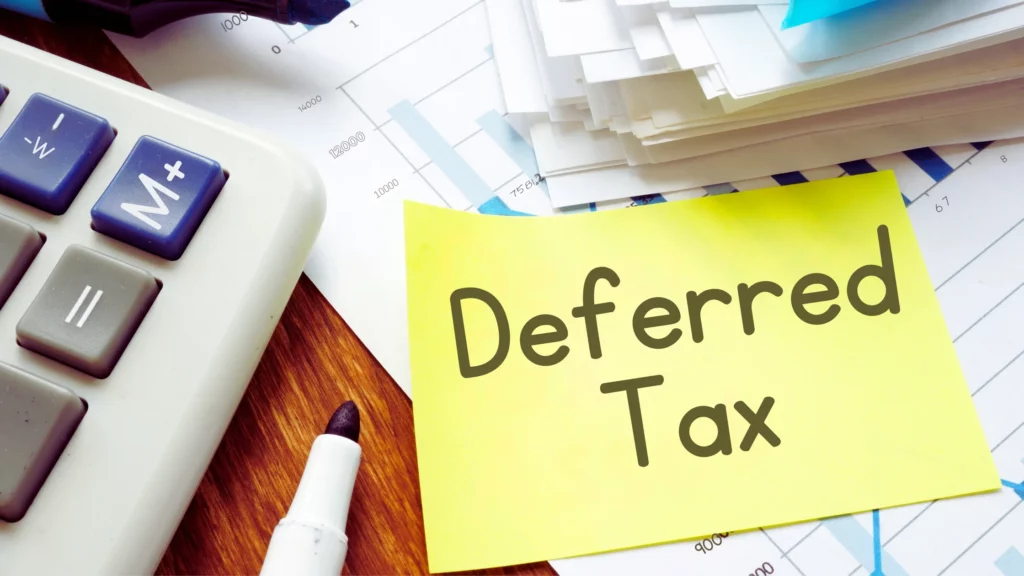Deciphering the Intricacies of Section 1031 Exchange
For those embarking on the journey of wealth accumulation, Section 1031 exchanges emerge as a pivotal instrument in their financial toolkit. This all-encompassing guide delves into the complexities of Section 1031, offering invaluable insights and strategies to unlock the inherent wealth-building potential within this tax provision.
Grasping the Essence of Section 1031
Section 1031 of the Internal Revenue Code extends a distinctive opportunity for real estate investors to defer capital gains taxes when engaging in exchanges involving like-kind properties. This provision enables the postponement of tax liabilities, fostering the accumulation of wealth through strategic property exchanges.
Reveling in Immediate and Long-Term Advantages
By unraveling the numerous benefits of Section 1031, investors gain an understanding of both immediate and long-term advantages. The exchange makes a compelling case for wealth growth by deferring capital gains taxes and facilitating the diversification of portfolios.
Steering through the 1031 Exchange Process
Understanding the step-by-step process of a Section 1031 exchange is paramount for successful implementation. From initiating the exchange to finalizing the acquisition of a replacement property, a well-executed plan is crucial for maximizing the benefits.
Strategic Choices in Wealth Optimization
An integral aspect of a Section 1031 exchange is the identification of like-kind properties. This section explores what qualifies as “like-kind” and provides guidance on making strategic choices to optimize wealth growth.
Navigating Timelines and Meeting Deadlines
Time sensitivity is crucial in a Section 1031 exchange. A deep dive into the intricacies of timelines and deadlines ensures that investors meet requirements, steering clear of potential pitfalls and optimizing the wealth-building potential of the exchange.
Unveiling Tax Implications
Understanding the tax implications of a Section 1031 exchange is paramount. From deferring capital gains to potential recapture issues, investors must be well-versed in the tax consequences of their exchange decisions.
Overcoming Challenges and Considerations
While Section 1031 presents significant benefits, awareness of potential challenges and considerations is essential. This section provides insights into common pitfalls and strategies to navigate obstacles successfully.
Strategizing with 1031 Exchange Approaches
Exploring various Section 1031 exchange strategies empowers investors to tailor their approach to meet specific financial goals. This section offers an in-depth analysis of available strategies, from simultaneous exchanges to reverse exchanges.
Maximizing Wealth Growth through Section 1031
By amalgamating knowledge of Section 1031 intricacies with strategic exchange approaches, investors can formulate a comprehensive plan to maximize wealth growth. This section serves as a guide to harness the full potential of Section 1031 for financial success.
Conclusion: A Blueprint for Expanding Wealth
In conclusion, Section 1031 exchange strategies provide a potent blueprint for investors looking to expand their wealth. By comprehending intricacies, employing effective strategies, and navigating potential challenges, investors can capitalize on the wealth-building potential of Section 1031.
FAQs
Q1: What is a Section 1031 exchange?
A1: A Section 1031 exchange is a tax provision enabling real estate investors to defer capital gains taxes by exchanging like-kind properties.
Q2: How long do I have to identify replacement properties?
A2: The identification period in a Section 1031 exchange is 45 days, during which investors must identify potential replacement properties.
Q3: Can I exchange any type of property under Section 1031?
A3: Section 1031 primarily applies to real estate, allowing exchanges of like-kind properties such as commercial properties, residential real estate, and vacant land.
Q4: Are there any restrictions on the number of properties I can identify in a 1031 exchange?
A4: While there are no strict limits on the number of properties you can identify, rules regarding the value and number of replacement properties that can be acquired exist.
Q5: What happens if I miss a deadline in a Section 1031 exchange?
A5: Adhering to all timelines, including the identification period and the closing of the replacement property, is crucial to maintaining the tax-deferred status of the exchange.
Q6: Can I use Section 1031 for personal property exchanges?
A6: No, Section 1031 is specifically designed for real estate transactions, and personal property exchanges do not qualify for the tax benefits provided by Section 1031.




